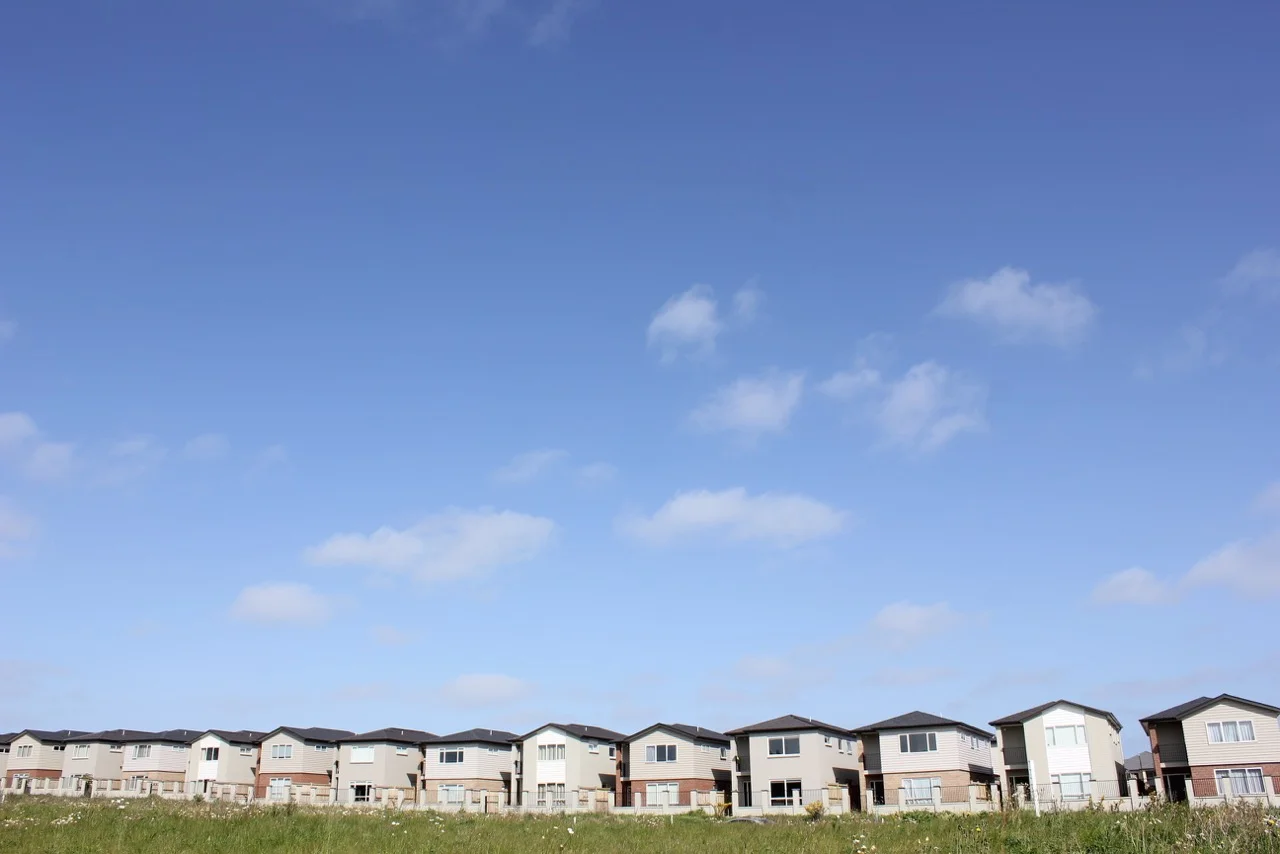Middle Eastern ‘cultural landscapes’: Explorations
Jala Makhzoumi
I was recently asked to teach a four-day workshop introducing landscape to architecture students[1]. The aim was to explore methods and approaches to landscape perception and representation and propose landscape interventions.
I realized the immensity of the undertaking soon after accepting the challenge.
How can I explain the complexities of ‘landscape’ and the multiplicity of associated meanings when the archaic Arabic translation limits landscape to scenery?
How can I demonstrate that ‘landscape’ is not just what we see, but equally what we don’t see, hidden processes and intangible associated values that shape what is visible?
How can I convince architecture students that prioritize space to consider the temporal dimension that is integral to understanding/designing landscapes?
The choice of project site was a key if I wanted to expose participants to the complexities of landscape. After much consideration, I chose the Beirut River, a cultural landscape par excellence, at once a natural resource and humanized setting. People and nature compete to occupy the landscape of rivers and seasonal watercourses in the eastern Mediterranean. The presence of water, even if limited to the rainy season, is precious and equally, climatic sheltering and an abundance of fertile soils. In rare occasions where human influence is absent, ravines are successively colonized by nature maturing into native forests. The coastal plain in Lebanon is punctuated by larger and smaller rivers that flow from the mountains to the Mediterranean Sea. The distinct geomorphology of the river has historically influenced the distribution of cities and is integral to the coastal landscape character. And yet, rivers and watercourses are rarely appreciated in their totality, as a landscape. Rather, they are valued as an environmental resource to be used and abused through sewage discharge and solid waste dumping. The Beirut River, as such, embodies the potentials and limitations of riparian landscapes in Lebanon because of the diverse geomorphology, a wide range of associated uses and visible changes in the river environment from a relatively pristine state to extreme degradation, respectively in higher elevations and in the coastal plain.
Figure 1
A day-long site visit to the lower half of the Beirut River formed the first day of the workshop. The river was channelized in 1950s to mitigate flooding –a typically engineering solution that undermines the riparian ecology and disrupts continuity of the coastal landscape (Figure 1). Motorways on both sides of the river amplify the spatial disruption, preclude pedestrian use and screen the river view. Squeezed between Beirut sea port and a solid waste dump, is the river estuary, environmentally degraded and reeking of sewage. The river corridor changes at the Jisr al Bacha, a beautiful Ottoman bridge (circa 1800) cut in half by the channel. The abrupt rise in the foothills forms a valley. Here the channel ends. No longer constrained, the river is free to meander through the wide valley floor passing through stone-cutting industries, traditional and intensive agricultural uses. Viewed from the valley peaks, the sinuous river is distinguished from verdant surroundings by the deciduous willow trees in the winter and the light green of reed clumps along its banks. Commercial and residential building blocks crenellate the peaks on both sides of the valley, slowly but surely encroaching into the river valley in breach of planning regulations that prohibit building in the river corridor. Further on, is the impressive remains of an aqueduct, a Roman engineering feat to transport water from nearby springs to the prosperous city of Beirut (Figure 2). Dry stone terrace walls cascade down the northern valley slopes on both sides of the aqueduct, cultivated with citrus trees and loquat. A short distance from the aqueduct is the Daishounia barrage, constructed during the French Mandate to regulate the water flow (Figure 3). Beyond the barrage, the river disappears into valleys that are densely wooded with pine and oak trees. I failed to locate watermill ruins I chanced to see fifteen years ago, they must have disappeared, swallowed by the forest.
Figure 2
What better way to expose young architects to the beauty –and ugliness- of landscape as the backdrop to changing human use and evolving cultural valuation of natural resources. What better example of a living landscape heritage, both cultural and natural, tangible physicality and intangible historic and traditional rural practices. The participants, some visiting the Beirut River for the first time, proposed readings that were as layered as the meanings of landscape. Some empathized with the river, saddened by the extent of environmental degradation, especially in the channelized part and the river estuary. Others were disturbed by the spatial segregation caused by the channel and that it denies access and that high concrete walls block the river view. Most were incredulous of the beauty of the landscape in areas where the ecological integrity of the riparian system had not been compromised. Based on their readings, the participants proposed a diversity of creative scenarios for the river landscape. Some prioritized ways to bring neighboring communities back to the river by engaging schools in river cleaning campaigns. Others devised ways to overcome the spatial disruption by bridging the channel and utilizing its space, some by using the walls to introduce graffiti stations that target city youth. In a city deprived of open/green spaces, several participants ‘invented’ pedestrian and/or cycling paths along, over, through the channelized river.
The workshop and the Beirut River discussed so far, were a welcome interlude from my initial intention for this article, to question the concept of ‘cultural landscape’. Discussion of the Beirut River, I felt, contextualizes the arguments I would like to make and at the same time serves as a sounding board to test them. Accepting that people-nature interaction is implicit to the construction of landscape, and that landscape is part ‘nature’, part ‘culture’[2], then doesn’t the prefix ‘cultural’ undermine the ‘nature’ part of landscape? Just as importantly, if indeed ‘cultural landscapes’ are the ‘combined works of nature and of man’ according to the UNESCO World Heritage definition[3], where do you draw the line as to what is cultural landscape and what is not? Also problematic is that positive aesthetic valuation is implicit in the accepted use of the term ‘cultural landscape’, which is one reason why they are valued and should be protected. If we accept the UNESCO definition of ‘cultural landscape’ as the combined works of nature and of man, ‘illustrative of the evolution of human society and settlement over time, under the influence of the physical constraints and/or opportunities presented by their natural environment and of successive social, economic and cultural forces, both external and internal’, not all the landscapes that qualify under this definition are ‘beautiful’. A traditional rural landscape in the Mediterranean and unregulated, suburban development are both expressions of the cultures that shaped them.
In an effort to expand the UNESCO World Heritage definition, the International Federation of Landscape Architects (IFLA) suggests two sub-categories[4] for ‘cultural landscape’: Evolved Cultural Landscapes; and Associated Cultural Landscapes. IFLA’s elaboration aims to structure the broad spectrum of what qualifies under the term. Nevertheless, the combination of the two words ‘cultural’ and ‘landscape’ remains problematic, open to further questioning.
Figure 3
Returning to the Beirut River workshop, the readings and interventions by the participants was veritably a demonstration of an holistic, expansive understanding of ‘landscape’, which was my aim for this academic exercise. An holistic definition of landscape embraces what is visible (landform, park, buildings), what is invisible (ecological processes that shape the local/ global landscape) and intangible (culturally shaped perceptions and aesthetic preferences)[5]. It gladdened me to witness empathy with the river as a living entity and equally recognition that landscape can be a heritage –a revelation for architects and lay understanding of heritage that is exclusive to buildings and archaeological sites. What better way to conclude than the eloquent, opening words from the Landscape Declaration[6] of 2016, “Across borders and beyond walls, from city centers to the last wilderness, humanity’s common ground is the landscape itself. Food, water, oxygen – everything that sustains us comes from and returns to the landscape. What we do to our landscapes we ultimately do to ourselves.”
[1] The workshop was offered as an elective by the Department of Architecture, Lebanese American University, Beirut 9-12 February, 2017. I was invited by Professor Hala Younis and co-taught the course with her.
[2] Tilley, C. (2006) ‘Identity, Place, Landscape and Heritage’. Journal of Material Culture 11, 1/2 (2006): pp. 7–32.
[3] http://whc.unesco.org/archive/opguide12-en.pdf (accessed 01/02/ 2017)
[4] http://www.iflaclc.org/definitions.html (accessed 01/02/ 2017)
[5] Makhzoumi, J., (2015) “Borrowed or Rooted? The Discourse of ‘Landscape’ in the Arab Middle East”. In D. Bruns, O. Kuhne, A. Schonwald and S. Theile (eds) Landscape Culture-Culturing Landscapes: The differentiated construction of Landscapes. Springer Verlarg, Wiesbaden, pp. 111-126.
[6] https://lafoundation.org/news-events/2016-summit/new-landscape-declaration/










